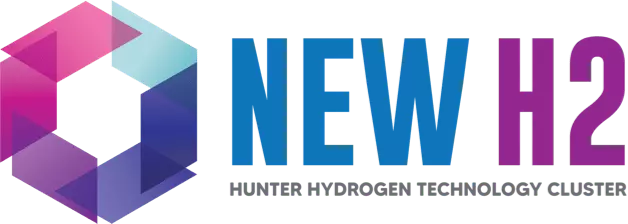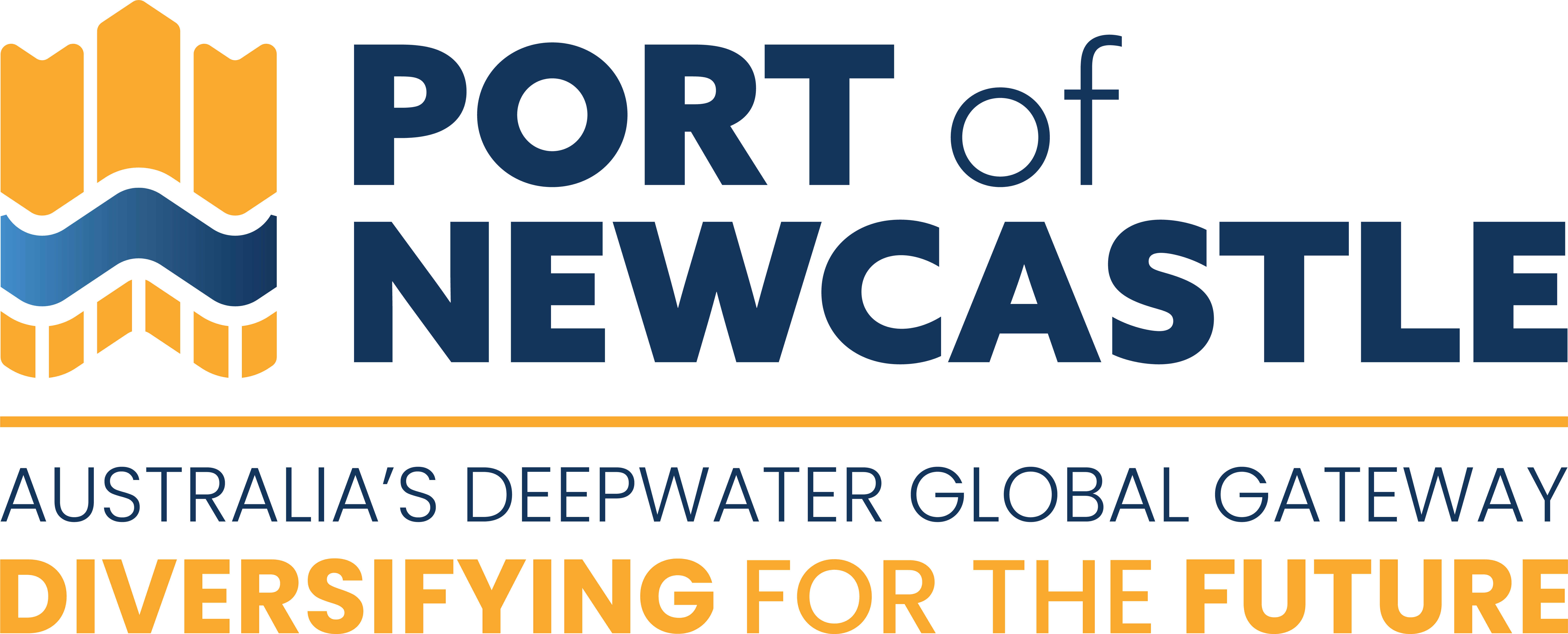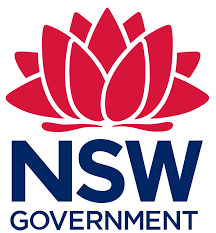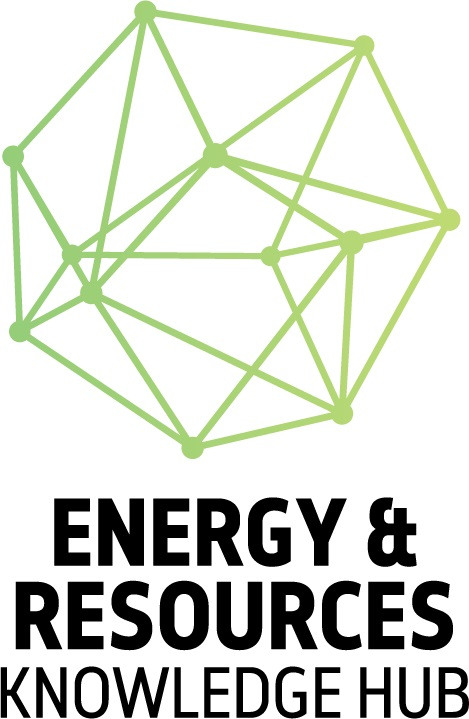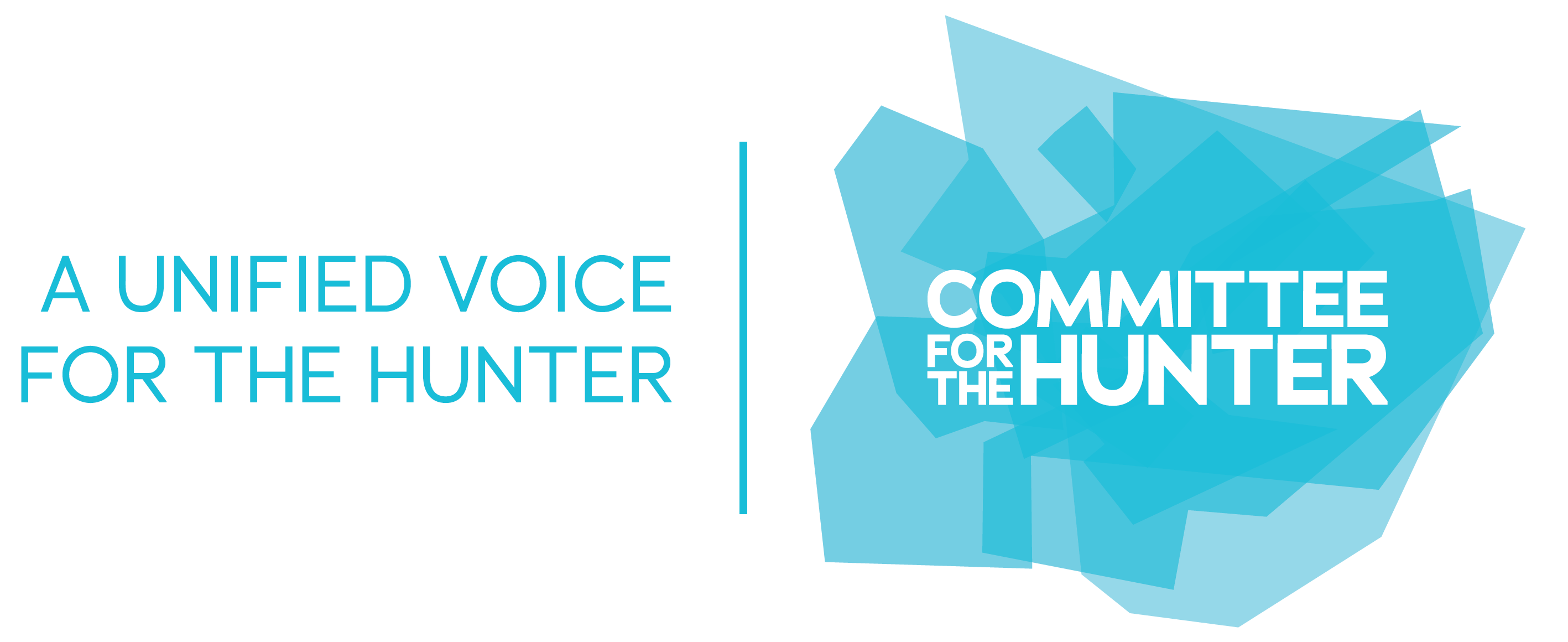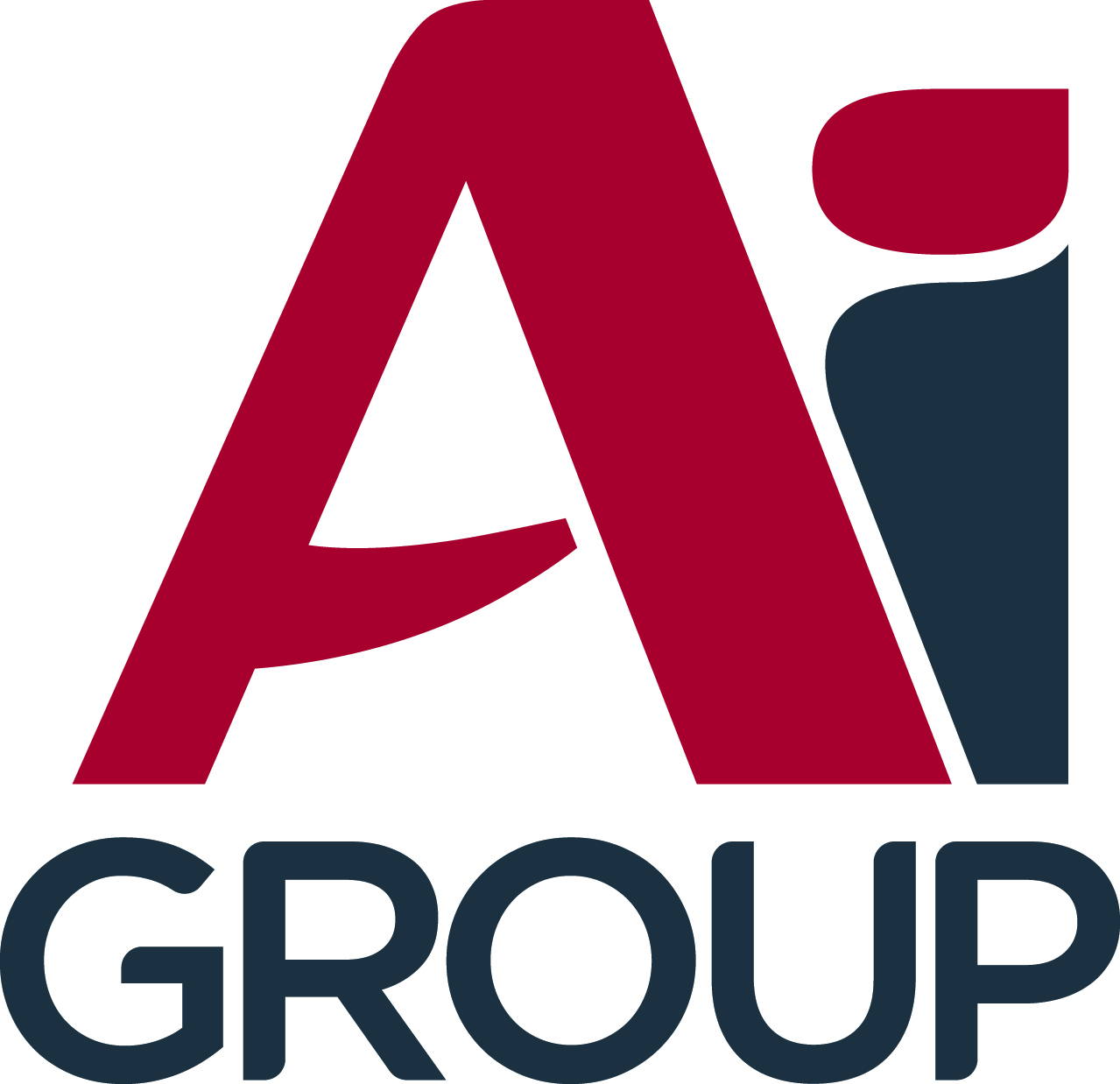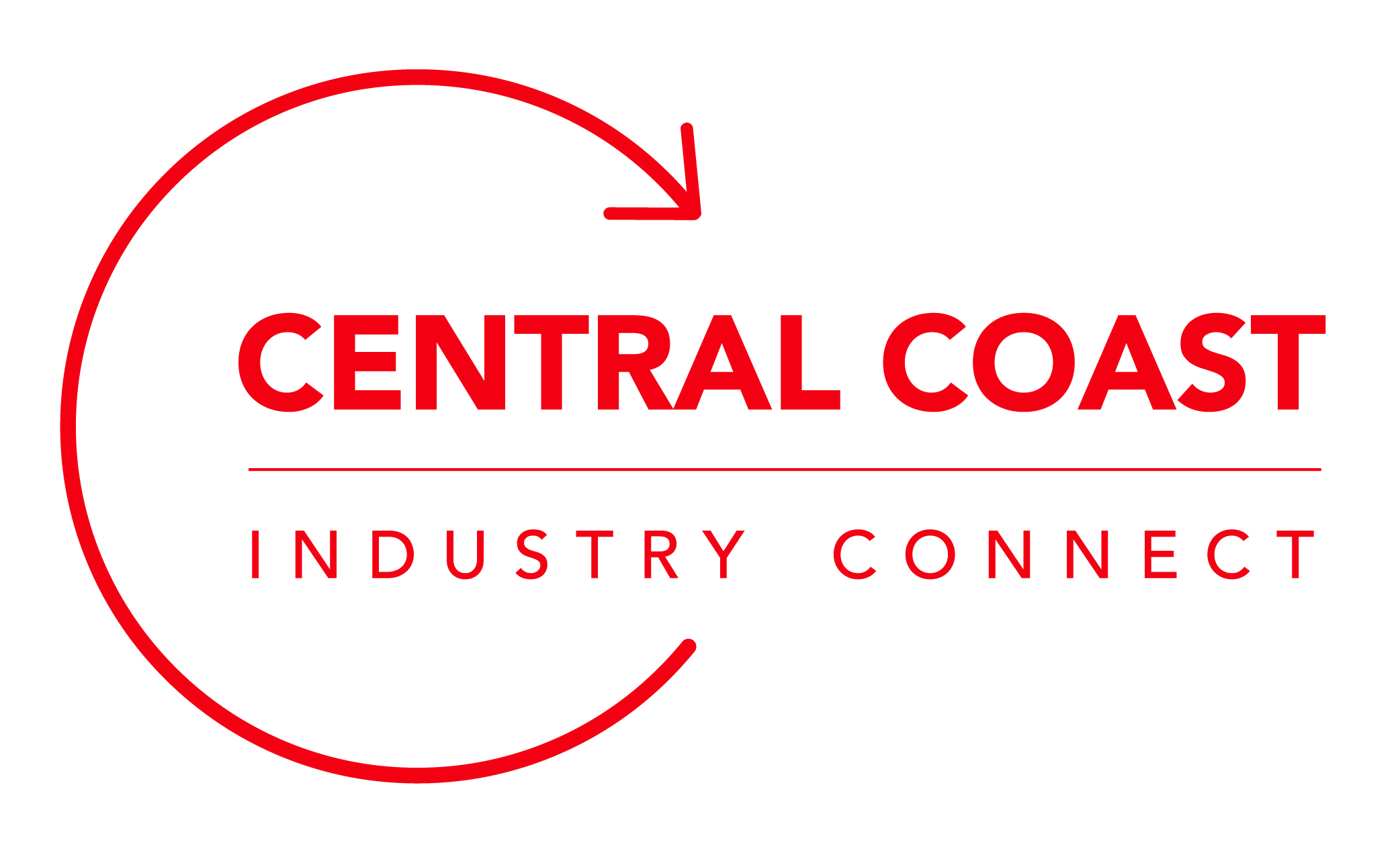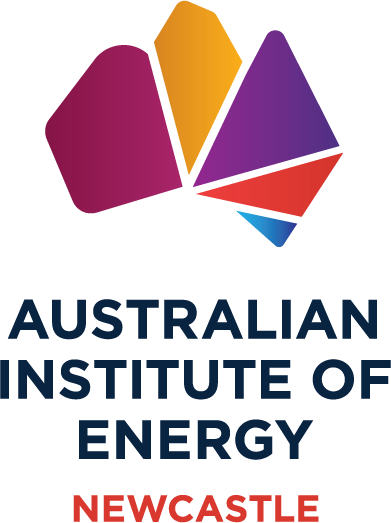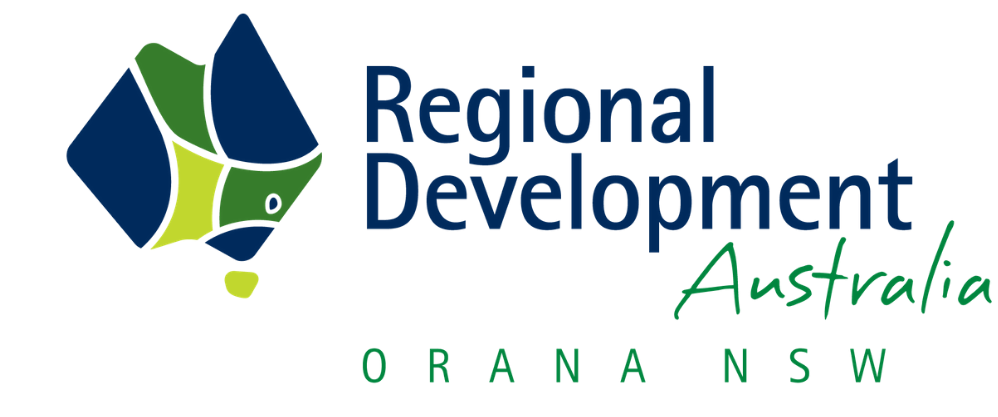Australian-German taskforce releases roadmap to hydrogen export pathway
The roadmap outlines a set of recommendations for government and industry, to meet the ambitious target of exporting large amounts of green hydrogen from Australia to Germany.

The Green Hydrogen Taskforce, created earlier this year, is a collaborative effort between Australia's Fortescue Future Industries (FFI), and some of the strongest energy, industrial, and technology companies in Germany, including Covestro, E.ON, Linde, Luthardt, SAP, Schaeffler, thyssenkrupp Nucera and thyssenkrupp Uhde.
The green hydrogen roadmap developed by the Taskforce consists of a 10-point plan and a White Paper and is intended to outline a constructive pathway forward in Germany for business and government.
Dr. Andrew Forrest Chairman of FFI, said, “Germany and the European continent are facing stagflation for the first time in years. If structured appropriately, an accelerated uptake of green hydrogen also by means of green ammonia can be a powerful economic growth driver for Germany. Our White Paper estimates that for every €1 spent as a support mechanism by Government for green hydrogen, €10 is unlocked in private investment.”
Global green energy company FFI and one of Europe's largest energy companies with focus on energy infrastructure and customer solutions, E.ON, recently announced a partnership with the goal to supply 5 million tonnes of green hydrogen a year by 2030 – the equivalent of one third of the calorific energy of natural gas Germany imports from Russia.
“Our message is very clear. The green energy industrial revolution is here. Do not allow the energy crisis to make the climate crisis worse. Germany can become a green energy superpower and we have outlined the pathway to make it happen, including the financial investment required by government. Business is ready.”
Key findings from the reports released today:
- Industrial demand centers in Germany and the EU are ready to offtake up to 5 Mtpa of green hydrogen in the short-term, with a total addressable market of up to 27 Mtpa in the long-term.
- By 2030, carbon price will likely reach a sufficient threshold for imported green hydrogen to be competitive with fossil fuels, negating the need for any further subsidies (Source: RMI analysis)
- The required near-term market- and first-mover support of €20-30 billion will achieve more than 10x leverage on capital deployed into industrial assets. (Source: RMI analysis)
- Clear and timely government support is needed to signal confidence in a burgeoning green hydrogen market and remove barriers to investment.
- Once common standards and robust financial mechanisms are in place, stakeholders across the green hydrogen value chain are ready to agree on contracts and ensure production, transport, storage, and conversion facilities are ramped up at the scale required to meet deployment targets.
- Green ammonia is a key route for green hydrogen to be supplied to EU markets as existing infrastructure can be leveraged and expanded, and safe handling of ammonia is well established
- Moving quickly and strategically to build up a green hydrogen trade will enable Germany and the EU to capitalize on short-term opportunities across volatile global energy markets, and to safeguard energy security while achieving critical decarbonization objectives.
